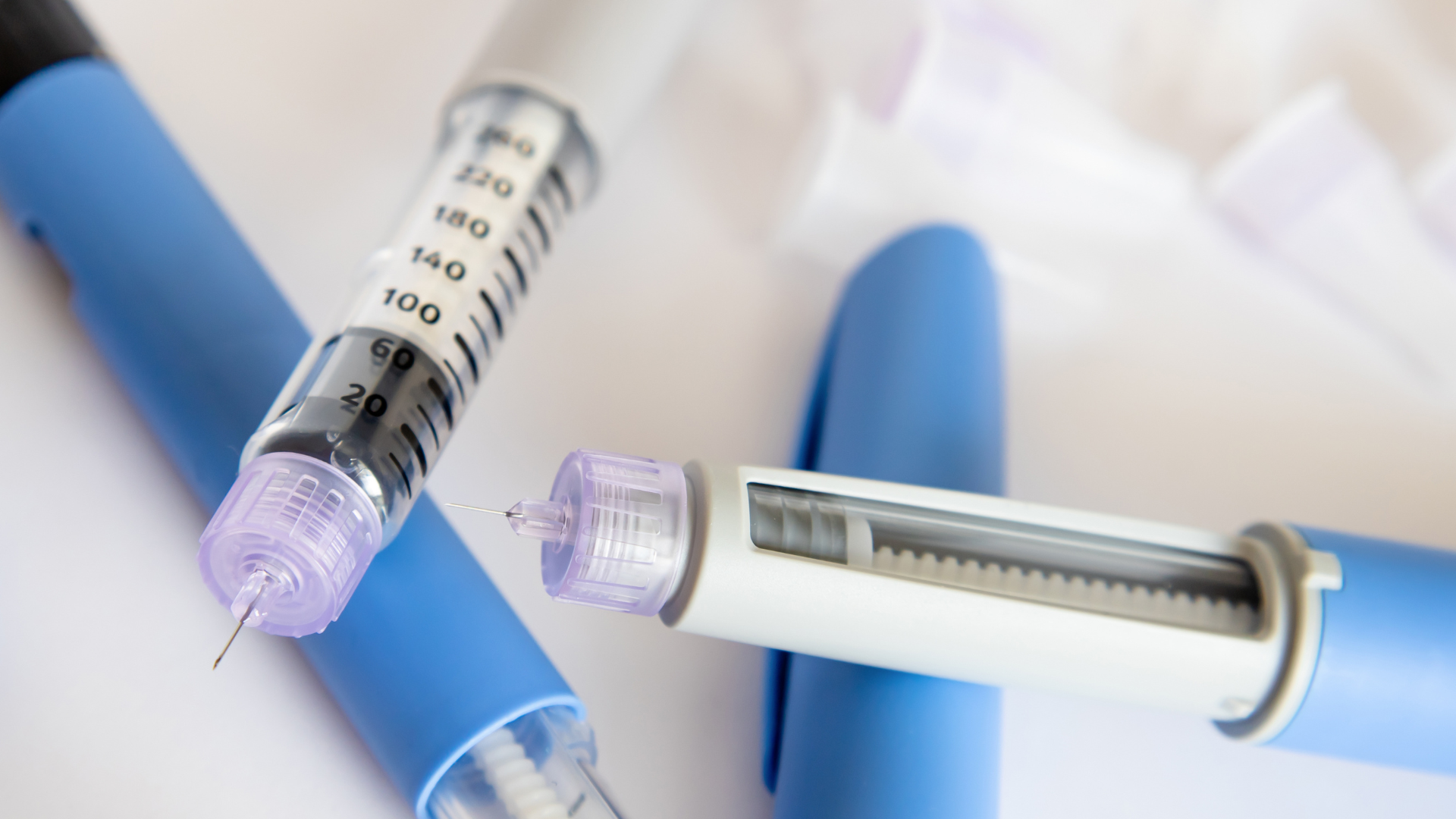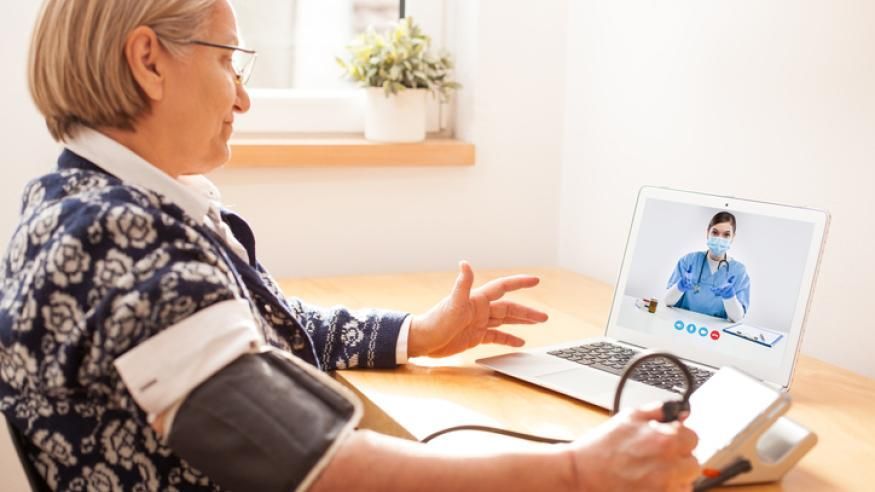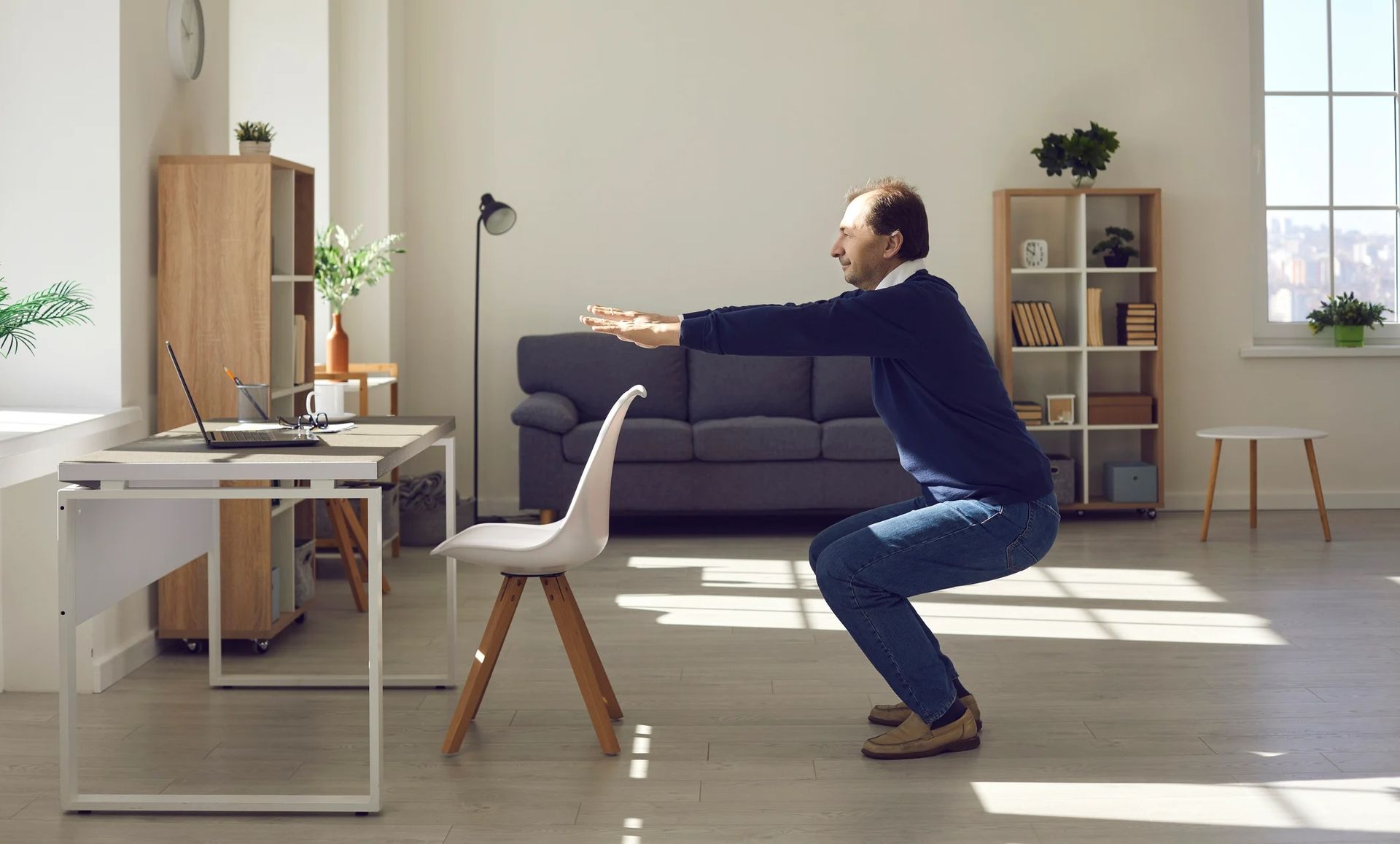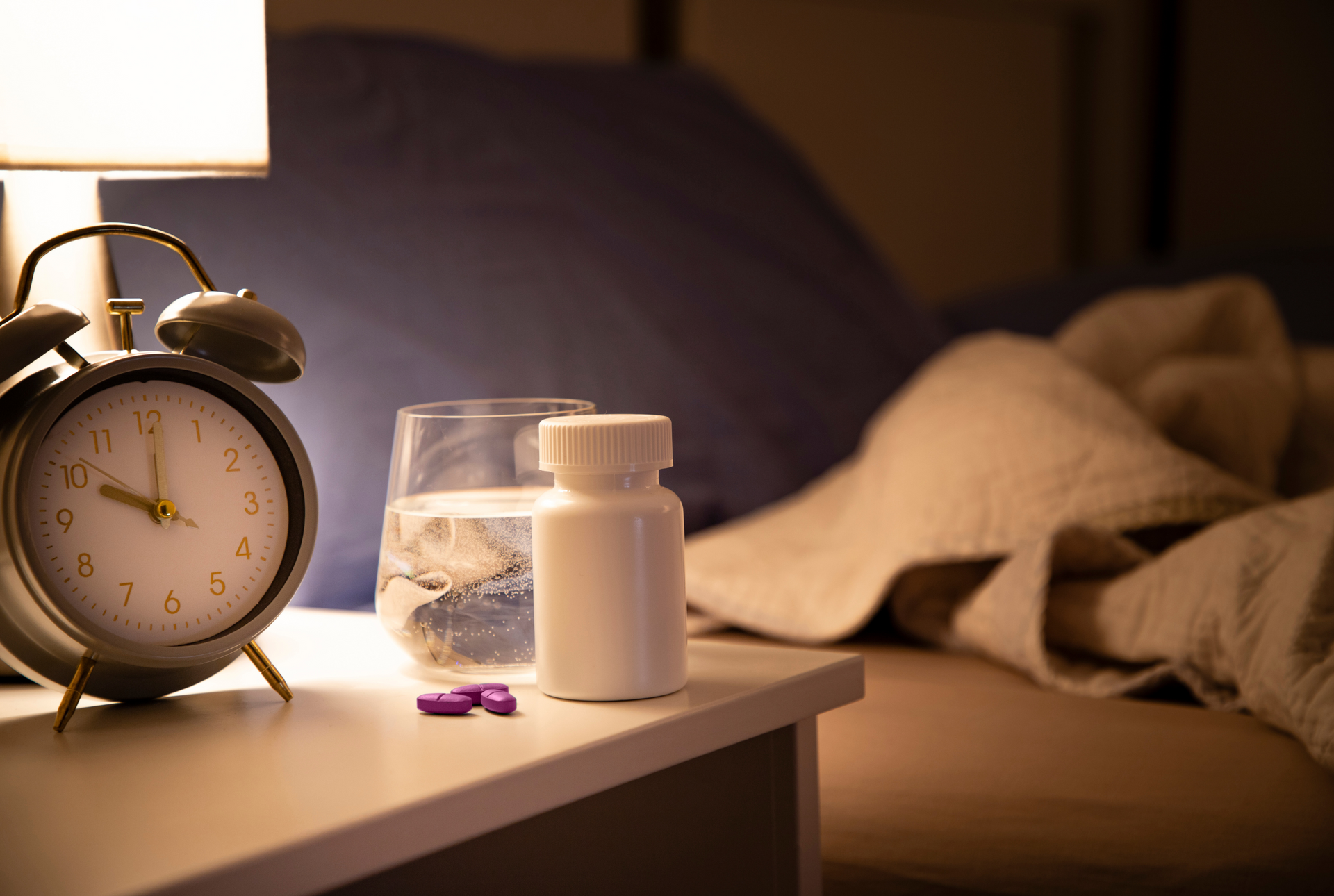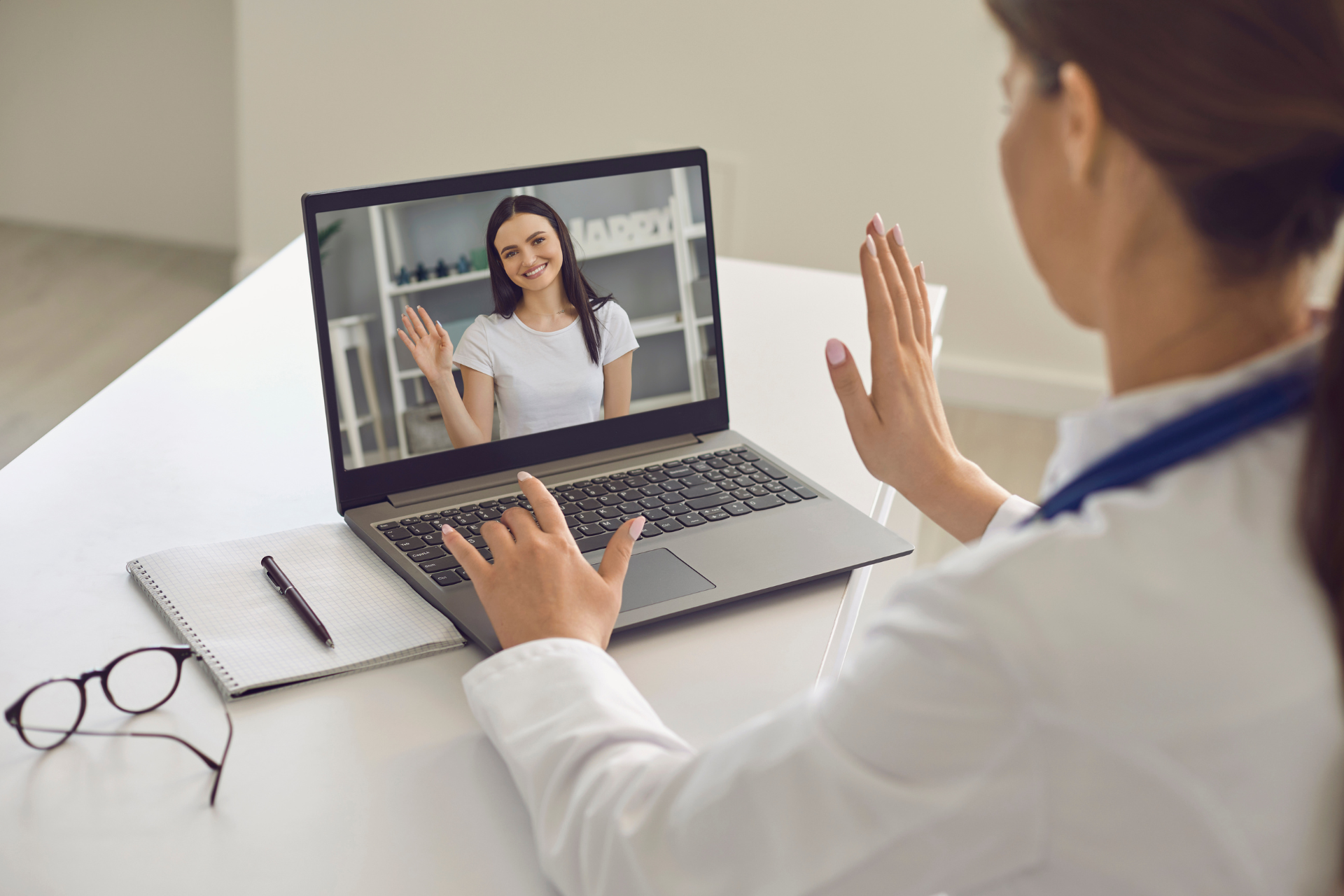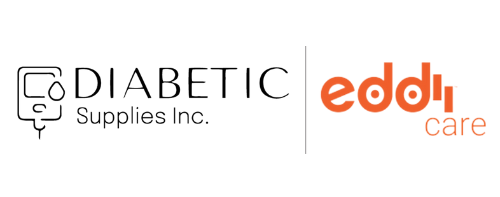Decoding Nutrition Labels: A Guide for People With Diabetes
Eating healthy with diabetes doesn't have to be confusing. Here, one diabetes dietitian offers a guide to understanding nutrition and ingredient labels.
You aren’t alone if you’ve ever struggled to understand the information presented on the nutrition facts label, whether it’s understanding which foods are considered high in fat or low-fat or which packaged goods have the right amount or too much sodium content. To make things even more confusing, some terms, like “reduced fat,” are officially defined by the FDA, while others, like "net carbs," "lightly sweetened" and "free range," aren’t regulated at all.
With a bit of guidance, you can decode food labels and gain a better understanding of the information they present, such as whether the calories in the food are empty (meaning they come from added sugars or unhealthy fats) or nutrient-dense (meaning they come from protein, fiber, vitamins, or minerals). This information can help you make more informed choices about the foods you eat to take control of your health and manage your diabetes more effectively.
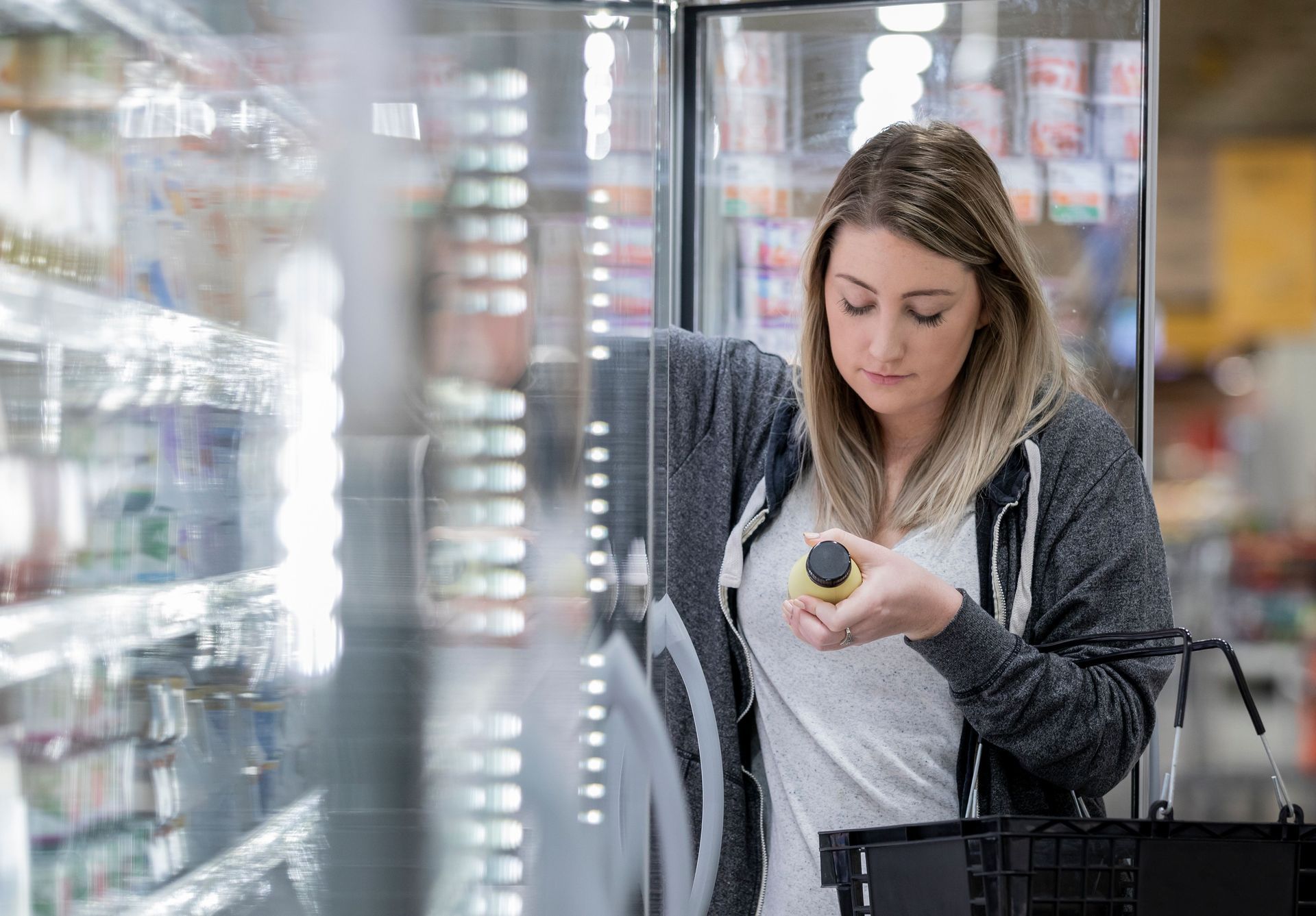
Don't be fooled by serving sizes
The first thing to pay attention to on a packaged food’s nutrition label is the serving size. It refers to the measurement size of food that’s listed on the nutrition facts panel right above “Calories.” Alternatively, serving size can refer to the amount recommended in the USDA’s MyPlate and the Dietary Guidelines for Americans. This information tells you how much of the product is considered one serving.
Keep in mind that portions and servings are two different measurements. Unlike servings, portions refer to the actual amount of food you choose to eat at a given meal or snack, and they can vary widely depending on individual preferences, appetite, and dietary needs. It's important to note that the serving size listed on the label may not be the amount you typically eat.

Matthew Jaime, a California-based clinical dietitian living with type 1 diabetes, finds the gap between serving sizes and portions to be potential landmines for many people with diabetes. “Rice is a good example I provide to people with diabetes as the serving size is usually much less than reported. Most dietary recalls include over a cup of rice. Typical serving sizes on nutrition labels for rice are 1/2 cup to 1/3 cup,” Jaime said.
Pay attention to what the label says the number of servings are per package, and make sure to adjust nutritional information accordingly. For example, suppose the serving size on a nutrition facts label for a bag of chips is 1 oz, but you typically eat 2 oz of chips as a snack. Since that’s twice the serving size, remember to double the nutrient values so that the adjusted nutritional information accurately reflects your intake.
Nutrient claims, not so clear-cut
When looking at food packages, you may come across various nutrient claims, including the term "net carbs." However, it's important to note that the Food and Drug Administration (FDA) does not have a legal definition for this term, and the American Diabetes Association does not use it. So instead, it's recommended to check the total carbohydrate listed on the nutrition facts label and monitor your blood sugar to better understand how specific carbs affect your body.
It's not just net carbs that can be confusing, though. Other claims, such as fat-free, saturated fat-free, low fat, reduced fat, and less fat, may also leave you wondering about their differences. The FDA has defined some of these claims, and knowing what they mean is essential.
Free
- Fat-free less than 0.5 gram of fat per serving
- Cholesterol-free less than 2 milligrams of cholesterol per serving
- Sodium-free - less than 5 milligrams of sodium per serving
- Sugar-free - less than 0.5 grams of sugar per serving
- Calorie-free - less than 5 calories per serving

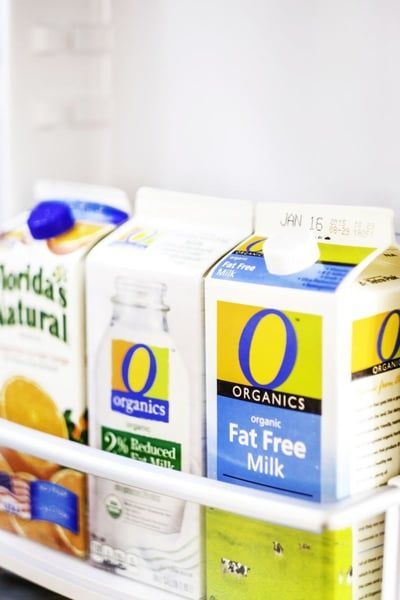
Low
- Low fat - 3 grams of fat or less per serving
- Low saturated fat - 1 gram of saturated fat or less per serving
- Low cholesterol - 20 milligrams of cholesterol or less per serving
- Low sodium - 140 milligrams of sodium or less per serving
- Low calorie - 40 calories or less per serving
Reduced or Less
- Reduced or less fat - at least 25% less fat than the regular food
- Reduced or less saturated fat - at least 25% less saturated fat than the regular food
- Reduced or less cholesterol - at least 25% less cholesterol than the regular food
- Reduced or less sodium - at least 25% less sodium than the regular food
- Reduced or less sugar - at least 25% less sugar than the regular food
- Reduced or less calories - at least 25% fewer calories than the regular food
Light or Lite
- 1/3 fewer calories or 50% less fat than the regular food
Remember Percent Daily Value is helpful but not individualized
The Percent Daily Value (%DV) on a food label is a way to show how much of certain nutrients a food provides in relation to the recommended daily intake for the average person on a 2,000-calorie diet. It's usually listed for nutrients like saturated fat, sodium, fiber, vitamins, and minerals.
Even if you don’t follow a 2,000-calorie diet, you can still benefit from the %DV. In general, aim for less than 5% for nutrients you want to limit, such as sodium and saturated fat. Aim for 20% or more of the nutrients you want to get more of, such as fiber, vitamin D, calcium, and iron.
As a registered dietitian nutritionist (RDN), Jaime agrees that a personalized meal plan is the best way to ensure you meet your individual needs. “I always like to remind or inform people with diabetes that percent daily value pertains to a 2,000 calorie per day diet. These are general recommendations. For example, 20% DV on nutrition labels for minerals such as sodium, potassium, and phosphorus would not necessarily be an appropriate recommendation for someone with renal disease,” Jaime said.
Get to know ingredients
In addition to the nutrition label, reviewing the ingredients list is helpful. The ingredient list can provide valuable information about what's in your food. Ingredients are listed in order of quantity, so pay attention to the first few ingredients listed. If sugar or other unhealthy ingredients are near the top of the list, consider choosing a different product.
“I encourage people with diabetes to examine the ingredient list to determine if a whole-wheat product is authentically whole-wheat,” Jaime said. “I explain that if the item is truly whole-wheat/whole grain, then the very first ingredient should read ‘whole-grain’ vs. ‘enriched.’”
Go beyond counting calories
Calories are a unit of measurement for the amount of energy in a serving of food. Consuming too many can lead to weight gain, but don’t stop at just the calories when evaluating a food's nutritional value. Consider more than just the calorie count and instead examine the food's overall nutrient density.
Healthy Bites



